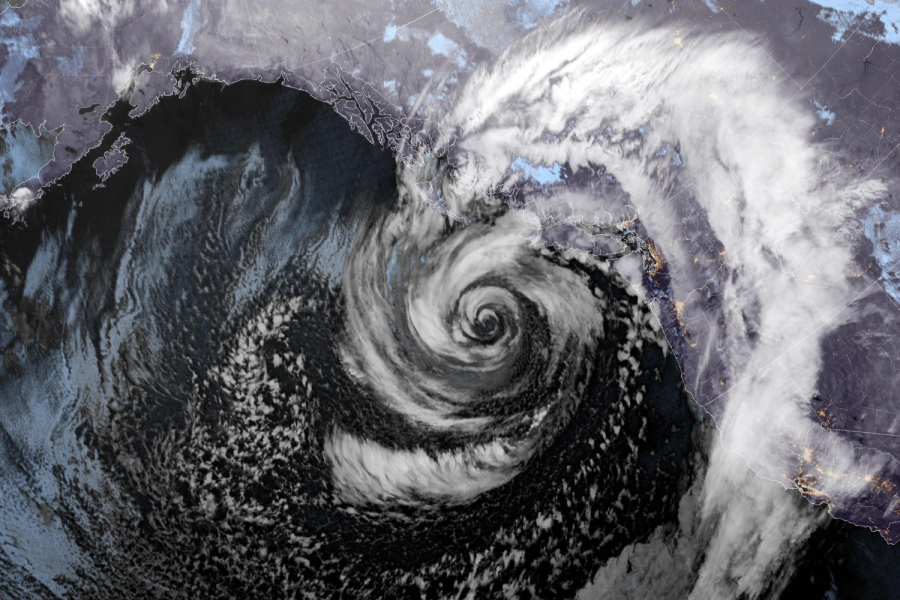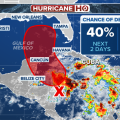
Bomb cyclones are rapidly intensifying storms marked by a sharp drop in atmospheric pressure—at least 24 millibars within 24 hours. This process, called bombogenesis or explosive cyclogenesis, occurs when cold and warm air masses collide, leading to the rapid development of a powerful storm system. These storms, often forming in mid-latitude regions, produce severe weather conditions such as heavy rainfall, strong winds, and dramatic temperature shifts. While they share similarities with hurricanes, bomb cyclones arise from different meteorological mechanisms.
Recent Developments on the U.S. West Coast
In November 2024, a powerful bomb cyclone developed off the Pacific Northwest coast, bringing devastating impacts to Washington, Oregon, and Northern California. The storm, with its rapidly dropping central pressure, unleashed hurricane-force winds, torrential rains, and even blizzard conditions in some areas. This weather event caused widespread damage and significant disruptions across the region.
Impacts and Consequences
The bomb cyclone resulted in over 700,000 homes losing power in Washington state, with many areas experiencing dangerous conditions. Tragically, at least two deaths were reported due to falling trees. In Lynnwood, Washington, a tree struck a homeless encampment, resulting in the death of a woman in her 50s. Another fatality occurred in Bellevue when a tree fell on a home.
Travel was heavily affected, with road closures and flight cancellations creating challenges for residents and travelers alike. Authorities also issued warnings for flash flooding, rock slides, and debris flows, particularly in wildfire-scarred areas where the soil is less stable.
Atmospheric Rivers and Bomb Cyclones
This bomb cyclone coincided with an atmospheric river—a concentrated band of moisture in the atmosphere—exacerbating the storm’s intensity. These combined phenomena can lead to particularly severe weather, with increased rainfall and flooding risks that compound the storm’s destructive potential.
Preparedness and Safety Measures
To mitigate the risks associated with bomb cyclones and their accompanying atmospheric rivers, residents in affected areas are encouraged to take the following precautions:
- Stay Informed: Regularly monitor weather updates from trusted sources.
- Prepare Emergency Kits: Stock essential supplies, including food, water, medications, and flashlights.
- Secure Property: Reinforce homes, trim trees near structures, and secure outdoor objects that could be blown away.
- Follow Evacuation Orders: Adhere to local evacuation instructions promptly for safety.
Understanding the nature of bomb cyclones and taking appropriate safety measures can significantly reduce the risks posed by these extreme weather events. As these storms continue to intensify and impact communities, preparedness remains key.
Disclaimer: The information presented in this article is based on the available data and current events around the time of publication, to the best of our staff research and knowledge. It is intended for educational and informational purposes only, and should not be construed as professional advice. We at Las Vegas Top Picks do our best to get stories accurate, but sometimes mistakes and biases happen, and it is always good to double-check other sources and media outlets to confirm stories and the factual details. The opinions expressed in this article do not necessarily reflect the overall opinion of Las Vegas Top Picks.







